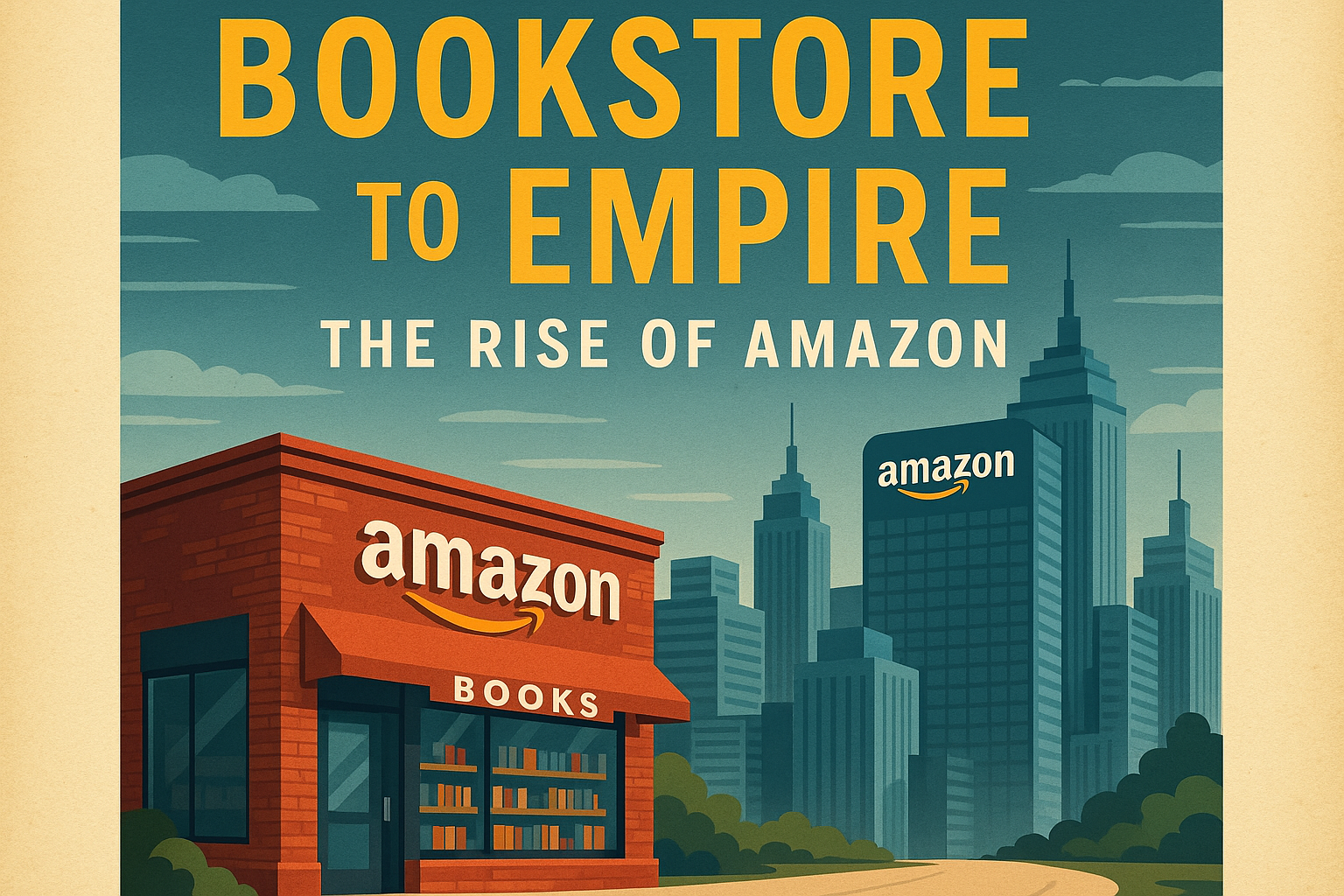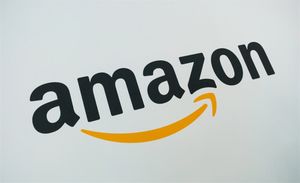
Amazon’s journey is one of the most compelling stories in business history—a chronicle of relentless innovation, risk-taking, and industry-shaping ambition. What began as an online bookstore in a Seattle garage has evolved into a global behemoth influencing nearly every aspect of commerce, technology, entertainment, and even logistics. Here’s a comprehensive look at Amazon’s evolution and the forces that powered its transformation into an “everything empire.”
The Humble Beginnings
Amazon was founded in July 1994 by Jeff Bezos, a former hedge fund executive who recognized the transformative potential of the internet. At the time, e-commerce was largely uncharted territory, but Bezos saw an opportunity to create a platform with massive reach and scale. He chose books as Amazon’s first product category—an item with universal appeal and a massive, fragmented market.
On July 16, 1995, Amazon.com officially opened for business, touting itself as the “Earth’s Biggest Bookstore.” Its early advantage was its ability to offer an expansive selection and mail-order convenience, challenging brick-and-mortar giants. The initial growth was swift—by the end of 1996, Amazon had amassed more than $15 million in sales.
Rapid Expansion and IPO
Amazon’s vision, however, was never limited to books. Soon, the company expanded into music, DVDs, toys, electronics, and more, rapidly becoming the go-to site for all things shopping. In 1997, Amazon went public under the stock symbol (NASDAQ: AMZN), raising $54 million and fueling a period of aggressive expansion. The company’s “Get Big Fast” philosophy resulted in significant investments in technology, infrastructure, and marketing—even as it operated at a loss for years.
During the dot-com boom and bust, Amazon weathered the storm, outlasting numerous rivals thanks to its relentless customer focus, operational efficiency, and willingness to experiment with new business models.
Reinventing Retail
By the early 2000s, Amazon had cemented itself as a household name in online retail. Its success stemmed not just from product selection but also from innovations in fulfillment and logistics. Amazon invested heavily in building an efficient, nationwide distribution network, enabling two-day shipping—a radical concept at the time.
The introduction of Amazon Prime in 2005 revolutionized the online shopping experience. For a flat annual fee, members gained access to free, fast shipping and later, a suite of digital content. Prime quickly became a loyalty powerhouse, driving higher purchase frequency and customer retention.
Amazon Marketplace, launched in 2000, allowed third-party sellers to list products on Amazon’s platform. This move dramatically expanded the selection and established Amazon as both a retailer and a facilitator of small business growth.
Technology Powerhouse: AWS and Beyond
Perhaps the most transformative move in Amazon’s history came in 2006 with the launch of Amazon Web Services (AWS). While the retail side was thriving, AWS introduced a new dimension: cloud computing. By providing on-demand infrastructure to businesses of all sizes, AWS became the backbone of the modern internet. Today, AWS is a profit engine and a major contributor to Amazon’s bottom line, hosting everything from startups to Fortune 500 enterprises.
Amazon continued to diversify, entering markets such as streaming (with Prime Video), hardware (with Kindle, Echo, Fire TV), and groceries (with the acquisition of Whole Foods Market in 2017). Each step reflected a willingness to disrupt traditional industries and expand Amazon’s ecosystem.
Culture of Innovation and Scale
Amazon’s rise has been characterized by a culture of experimentation, data-driven decision-making, and customer obsession. It pioneered features like one-click ordering, personalized recommendations, and cashier-less stores (Amazon Go). Its logistics investments—warehouses, robotics, air freight, and last-mile delivery—enabled it to control much of its supply chain and respond quickly to consumer demand.
In addition, Amazon’s forays into artificial intelligence, advertising, healthcare, and physical retail continue to push the boundaries of what an e-commerce company can achieve.
Market Dominance and Scrutiny
With success came scrutiny. Amazon’s scale—millions of employees worldwide, over $500 billion in annual revenue, and influence over entire sectors—has drawn attention from regulators, labor advocates, and competitors. Critics have raised concerns about anti-competitive behavior, worker conditions, and the impact on small businesses. The company has responded by investing in workforce training, sustainability initiatives, and public policy engagement, though its power continues to be a subject of global debate.
Leadership Transition and Future Outlook
In 2021, Jeff Bezos stepped down as CEO, transitioning to executive chairman and passing the reins to Andy Jassy, the former head of AWS. The leadership change occurred at a pivotal moment, as Amazon faced slowing e-commerce growth, rising costs, and growing regulatory pressures, but also vast new opportunities in AI, logistics, healthcare, and international markets.
Amazon’s long-term trajectory is far from settled, but its story so far is a testament to visionary leadership, bold bets, and the relentless pursuit of scale and innovation. From a scrappy online bookstore to the “everything empire,” Amazon’s ascent has fundamentally changed the way the world shops, reads, watches, and connects.
Disclaimer:
This article is for informational purposes only and should not be considered investment advice. Please conduct your own research or consult a qualified financial advisor before making investment decisions.





